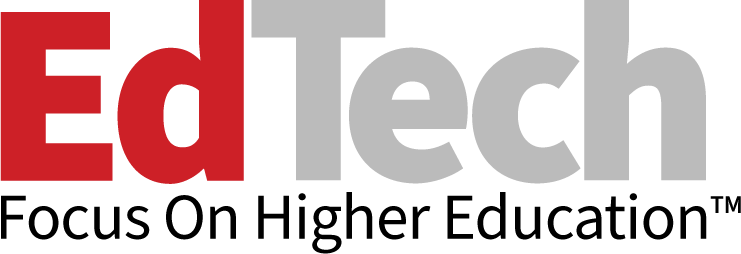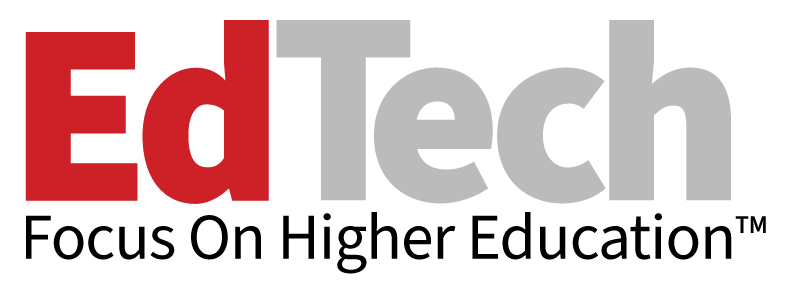Tool Selection and Implementation Mean Evaluating Business Goals
When implementing a service management solution, institutions must evaluate different service providers to find a tool that will help meet their needs. Chris Misra, vice chancellor for IT and CIO at the University of Massachusetts Amherst, said his team has implemented ServiceNow for IT service management and Salesforce for customer relationship management, and intentionally keeps the two separate.
“We exist today as a two service management platform environment, but with intentional delineation of which is supporting each function,” he said. “We can transmit stuff back and forth, but the implementation selection was really about fitness for the business purpose.”
Scalability was a priority at the University of Notre Dame, said Ryan Palmer, senior director of client experience for the school. Notre Dame has been using ServiceNow for more than nine years, but its use has ramped up beyond basic ticketing as Palmer and his team explore adding software and hardware asset management and AI tools to the platform.
DISCOVER: ServiceNow can help drive digital transformation in higher ed.
AI Features Automate Tasks and Save Time
Modern service desk platforms have a number of AI capabilities that can automate workflows for busy IT teams. At UMass Amherst, Misra noted that the team was able to change the tuition remission process from requiring several electronic signatures to just a simple click of a button. He shared his experience as the parent of a student at the university.
“As long as I submitted that between 9 a.m. and 5 p.m., I'm getting my tuition remission form back in about 10 minutes,” he said. “It seems silly because it's just paperwork, but I'm a customer in this case — I'm not the CIO, I'm a parent — and it was a huge improvement and one less thing for me to worry about.”
Palmer shared Notre Dame’s aging IT incidents as an example of an area in which data analytics and AI have helped improve efficiencies.
LEARN MORE: AI can fill cybersecurity gaps in higher ed IT teams.
“We are Midwest nice, so we don't close things until we're absolutely, 100% sure that you are satisfied and you got what you wanted, and all of that takes time,” he said. We’ve really been working hard on how AI can help us automatically close some of these aging tickets so that we don't have to waste our time on them across the organization.”
Despite AI’s efficiencies, the panel agreed that it will never fully replace the human element of IT service management.
“I think one of the big concerns is AI is going to take all of our jobs away,” Varin said. “That’s not the case. We're just going to be more optimized in the things we do.
Consider University Policies When Implementing Tools With AI
Because these tools incorporate AI in their functionality, they are subject to the universities’ overall AI policies, and leaders should take that into account when selecting technology.
At UMass Amherst, Misra said a partnership between faculty and administration has helped guide the team when working with vendors, and questions to third parties about data management have become more important than ever before.
“We are intentionally selecting vendors that have higher privacy controls in their contract,” he said. “It's hard to measure the bottom-line benefit of that, but institutionally, data is a long game for us.”
UP NEXT: The University of Notre Dame is reviewing its data governance for AI.
It’s important to stay on top of new features to ensure vendors remain in compliance with the initial terms of your contract, Misra said.
Ultimately, IT leaders must factor in their institution’s business and culture when selecting IT service management platforms. Knowing the business goals will help make the case for these investments, Misra said, but that’s only part of the equation.
“Culture eats strategy for breakfast,” Palmer said. “The tools are cool, but understand what the culture is at your institution and where you're going to have pockets of resistance. As cool as the tool is, if you can't get people on board to use the tools in the ways that you want, you're never going to be successful.”
Bookmark this page to catch up on all of our EDUCAUSE 2025 coverage, and follow us on the social platform X @EdTech_HigherEd for a behind-the-scenes look at our coverage.













